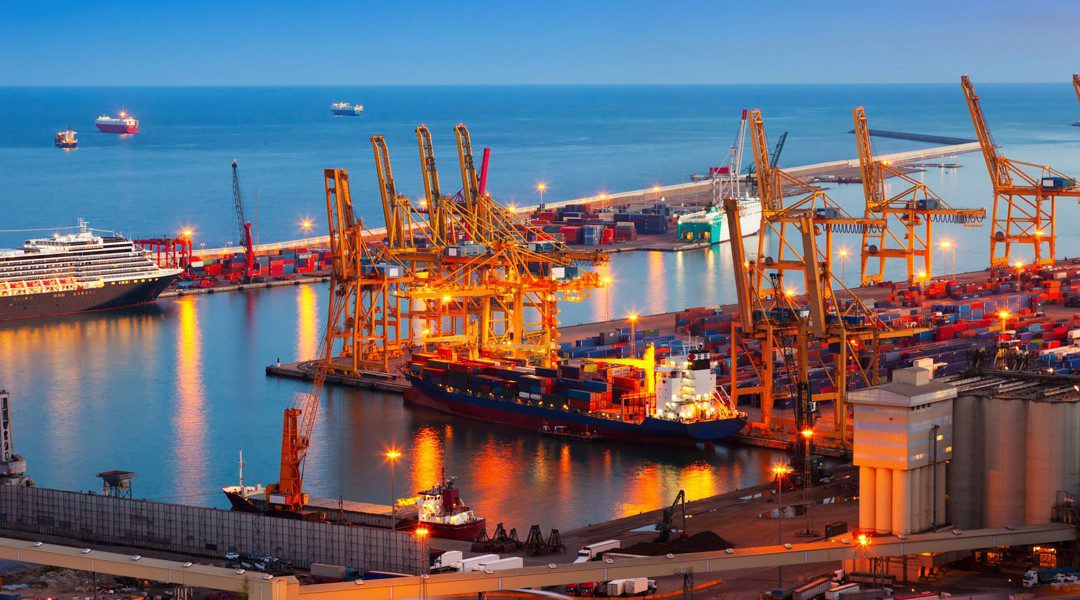The car carrier sector is experiencing exceptional market conditions this year, with operators reporting strong profits and charter rates surging to new all-time highs. Detailed analysis will be available in the upcoming edition of Car Carrier Trade & Transport, but here we take a closer look at the drivers behind these remarkable gains, and other key trends across the sector.
Life In The Fast Lane Car carrier markets were generally stuck in the ‘slow lane’ for much of the 2010s, but, after a sudden “stamp on the brakes” in 2020 during the Covid-19 pandemic, have been picking up quickly through 2021 and 2022. Operators are reporting strong earnings, and charter market conditions are the hottest on record: the guideline 1 year TC rate for a c.6,500 ceu PCTC now stands at $105,/day (double the Q2 ’08 record), with fixtures now typically being concluded for multiple years and much of the charter fleet now ‘fixed forwards’.
Long-Distance Relationship
Resurgent market conditions reflect a range of factors, most notably robust vessel demand. Though seaborne car trade volumes started 2022 well below ‘pre-Covid’ levels amid disruption to car production from supply chain disruption and component shortages, volumes have been trending upwards this year as these issues start to ease. Our Monthly Global Seaborne Car Trade Indicator (SIN TSID 547359) was up 7% y-o-y across the first 10 months of 2022, and had risen to 3% above ‘pre-Covid’ (2019) levels by October. Global ‘deep sea’ car trade is projected to grow by 8% to 20.3m cars in 2022 (-5% vs 2019 overall).
Importantly, changing trade patterns have ‘amplified’ demand; car trade is on track to grow by 14% in car-miles this year, rising 2% above pre-Covid levels (avg. haul +6% to c.6,900 miles). This has largely been driven by surging long-haul Chinese exports (particularly to Europe), which are on track to account for over 50% of global car-mile trade growth this year. Strong ‘high & heavy’ trade and rising uptake of generally larger and heavier /hybrids (now c.25% of car trade), have added further support. ‘Disruption Upside’ In addition, markets have been tightened by inefficiencies; our Car Carrier Port Congestion Index shows an average of 26.5% of fleet capacity ‘at port’ globally in 2022 so far (2021: 25.2%), vs 23% on average ‘pre-Covid’ (2016-19). There were some signs of easing disruption in Q4, but our index for now remains above ‘pre-Covid’ levels. All of this comes against a backdrop of extremely limited fleet growth (start-Nov fleet only 0.4% above start-2018).
While strong markets have seen newbuild or dering pick up from previous subdued levels, with c.0.7m ceu on order by November (16% of the fleet vs 2% start-21, though much for delivery 2024+). Fleet renewal is in focus with owners supporting car manufacturers to be ‘green through the supply chain’: all but 5 ships on order are LNG capable, while c.25% will be /methanol ‘ready’. So, car carriers are chalking up new records, supported by long-haul trade trends. Looking ahead, a range of factors are influencing the outlook, from ‘pent-up’ demand, shifting trade patterns and EV uptake to macroeconomic headwinds and fleet inefficiencies; see the upcoming Car Carrier Trade & Transport for further details and analysis.
Source: Clarksons






